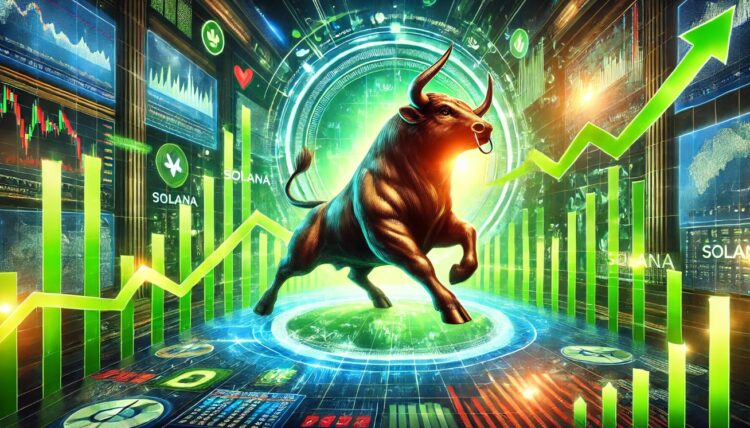The decentralized ledger platform Hedera has showcased impressive third quarter (Q3) results, aligning with broader market trends as the digital asset landscape enters a potentially transformative fourth quarter. These results offer valuable insights into the future prospects of its native token, HBAR.
Hedera Achieves Record Revenue In Q3 Despite Price Corrections
Analyzing the available data, Hedera experienced a 21% decline in its circulating market capitalization quarter-over-quarter (QoQ), dropping to $2.2 billion in Q3. This decline follows a series of strong performances earlier in the year, resulting in HBAR’s market rank slipping from 30th to 46th among all cryptocurrencies.
Additionally, the circulating supply of HBAR saw a modest increase of 5%, reaching a total of 37.6 billion HBAR. The HBAR price itself experienced a 20% dip, falling from $0.08 to $0.06, a reflection of the market volatility and challenges faced by the broader crypto sector during the period.
Strong Revenue Growth Despite Market Volatility
Despite the price corrections, Hedera achieved significant revenue milestones. The revenue generated from network transaction fees reached an unprecedented high of 27.0 million HBAR in Q3, marking an 85% increase from the previous quarter and surpassing the previous record set in Q4 2023.
In dollar terms, revenue rose by 10% QoQ to $1.6 million, making Q3 2024 the second-highest quarter for revenue in USD, nearly reaching its all-time high. Hedera’s Consensus Service played a pivotal role, with revenue increasing by 94% QoQ and contributing 89% of the network’s total revenue.
Total Value Locked In HBAR Rises 9%
Staking activity on Hedera remained robust, with 22.3 billion HBAR staked, representing 59% of the circulating supply. This high staking percentage is largely due to entities like Hashgraph, which actively engage in network consensus while forgoing staking rewards.
However, there were declines in both daily average new accounts and active accounts, decreasing by 22% and 23%, respectively, indicating a potential slowdown in user acquisition. On a positive note, daily average contracts increased by 24%, spurred by spikes in activity throughout September.
In the decentralized finance (DeFi) sector, although the total value locked (TVL) in USD dropped 18% QoQ, the TVL in HBAR rose by 9%. This suggests that the decline in USD value was primarily due to HBAR’s price depreciation rather than capital outflows.
Looking Ahead to Q4
As the network gears up for Q4, forecasts from Messari indicate an expected increase in circulating supply by approximately 287 million HBAR. This increase is primarily aimed at fostering ecosystem development and supporting open-source projects across the platform.
HBAR Price Outlook
Currently trading at $0.069, HBAR has shown relatively flat price action as it moves into the fourth quarter, especially in comparison to major digital assets like Bitcoin (BTC) and Ethereum (ETH). Over the past week, Bitcoin has gained 24%, while Ethereum has surged by 31%. In contrast, HBAR has seen a more modest increase of 17%.
Despite this recent uptick, HBAR remains 90% below its all-time high of $0.5692, reached in September 2021. This stark contrast is even more apparent as Bitcoin achieves new all-time highs for four consecutive days and Ethereum nears its peak.
Challenges and Opportunities
Looking forward, HBAR faces three critical resistance levels that could impede its upward momentum as the broader market seems poised for further gains. Having recently emerged from a consolidation phase between $0.047 and $0.062, HBAR’s first major resistance is at $0.078, a level that has served as a barrier for the past four months.
If the Hedera token manages to overcome this initial obstacle, it will then face additional resistance at $0.092 and $0.118, which correspond to the six-month and eight-month resistance levels, respectively. Should HBAR maintain its upward trajectory and successfully break through these key resistance points, it may inch closer to its previous all-time highs, particularly if the gains seen in key metrics in Q3 continue and translate into further price action.









